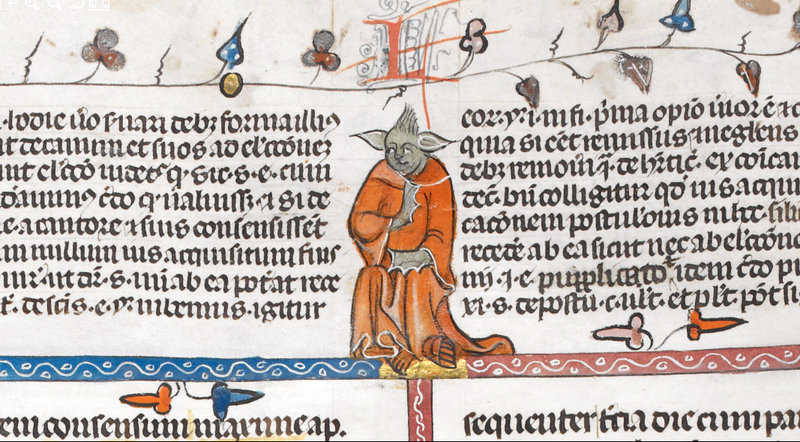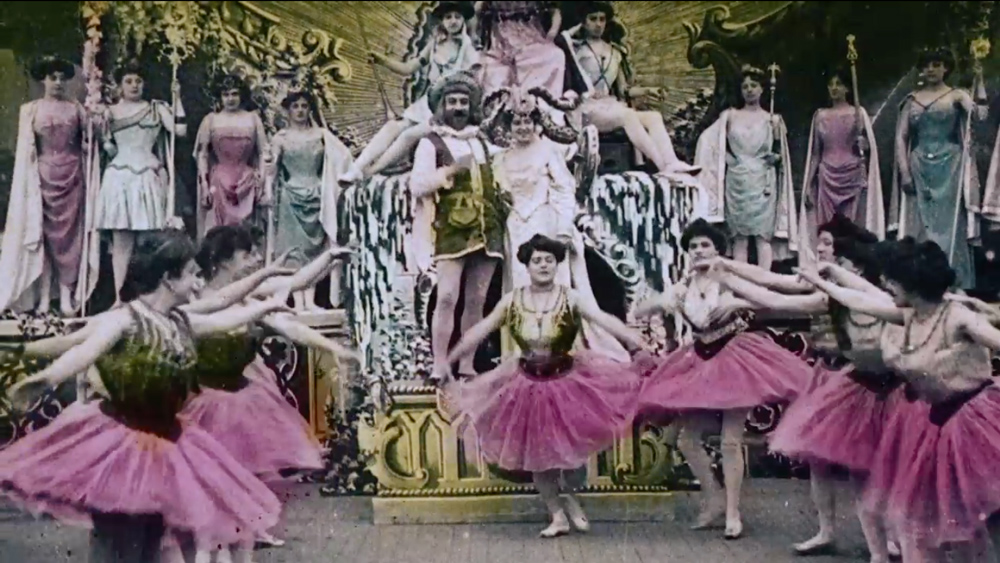
Image licensed under Public Domain via Wikimedia Commons
Take a survey of a hundred writers from the mid- to late-twentieth century about the books that influenced them most and you’re bound to find plenty of Henry Miller tucked in with the Victorians, the Russians, and the Beats. The Brooklyn-raised author of such notoriously banned novels as Tropic of Capricorn and Tropic of Cancer has long appealed to contemporary writers not only because of his frank explorations of sexuality and other taboo subjects but also because—like so many avant-garde and not so avant-garde writers after him—he had the audacity to present his own life and loves as literary material. Long before the memoir became the dominant force in American letters, with all of the attendant controversies about truth-telling in the form, Miller blended fact and fiction in ways that made it hard to tell where one ended and the other began.
Miller’s reputation for living his fiction—or fictionalizing his life—may have led many readers with only a passing familiarity with his books to regard him as a kind of shameless self-mythologizer. The characterization isn’t necessarily wrong, but it only captures part of the story. Like every serious writer, Miller was also a serious reader, and his work is as much informed by the books he loved as by the women he loved.
Miller freely acknowledged the literary relationships in his life, the authors who exerted influence on his work and whose styles and ideas he borrowed and made his own. He wrote an entire book on the subject, The Books in My Life, which Maria Popova at Brain Pickings describes as “a singular lens on his approach to reading.” In the book, Miller’s “central concern is a kind of anatomy of influence,” Popova writes, taking a phrase from literary critic Harold Bloom.
In his meditation on “his sources of creative spark,” Miller discusses at length his ideas about education, and its many failings. And in the book’s appendix—as if anticipating our current mania for lists—he makes a comprehensive record of “The 100 Books that Influenced Me Most.” See Miller’s complete list below, and read The Books in My Life free at the Open Library. A fair number of the books on Miller’s list can be found in our collection, 800 Free eBooks for iPad, Kindle & Other Devices.
1 Ancient Greek Dramatists
2 Arabian Nights (for children)
3 Elizabethan Playwrights (excepting Shakespeare)
4 European Playwrights of 19th Century
5 Greek Myths and Legends
6 Knights of King Arthur’s Court
7 Abèlard, Pierre, The Story of My Misfortunes
8 Alain-Fournier, The Wanderer
9 Andersen, Hans Christian, Fairy Tales
10 Anonymous, Diary of a Lost One
11 Balzac, Honoré de, Seraphita
12 Balzac, Honoré de, Louis Lambert
13 Bellamy, Edward, Looking Backward
14 Belloc, Hilaire, The Path to Rome
15 Blavatsky, Mme. H. P., The Secret Doctrine
16 Boccaccio, Giovanni, The Decameron
17 Breton, André, Nadja
18 Bronte, Emily, Wuthering Heights
19 Bulwyer-Lytton, Edward, Last Days of Pompeii
20 Carroll, Lewis, Alice in Wonderland
21 Céline, Louis-Ferdinand, Journey to the End of the Night
22 Cellini, Benvenuto, Autobiography
23 Cendrars, Blaise, Virtually the complete works
24 Chesterton, G.K., Saint Francis of Assisi
25 Conrad, Joseph, His works in general
26 Cooper James Fenimore, Leatherstocking Tales
27 Defoe, Daniel, Robinson Crusoe
28 De Nerval, Gérard, His works in general
29 Dostoievsky, Feodor, His works in general
30 Dreiser, Theodore, His works in general
31 Duhamel, Geoges, Salavin Series
32 Du Maurier, George, Trilby
33 Dumas, Alexander, The Three Musketeers
34 Eckermann, Johann, Conversations with Goethe
35 Eltzbacher, Paul, Anarchism
36 Emerson, Ralph Waldo, Representative Men
37 Fabre, Henri, His works in general
38 Faure, Elie, The History of Art
39 Fenollosa, Ernest, The Chinese Written Character as a Medium for Poetry
40 Gide, André, Dostoievski
41 Giono, Jean, Refus d’Obéissance
42 Giono, Jean, Que ma joie domeure
43 Giono, Jean, Jean le Bleu
44 Grimm Brothers, Fairy Tales
45 Gutkind, Erich, The Absolute Collective
46 Haggard, Rider, She
47 Hamsun, Knut, His works in general
48 Henty, G. A., His works in general
49 Hesse, Hermann, Siddhartha
50 Hudson, W. H., His works in general
51 Hugo, Victor, Les Misérables
52 Huysmans, Joris Karl, Against the Grain
53 Joyce, James, Ulysses
54 Keyserling, Hermann, South American Meditations
55 Kropotkin, Peter, Mutual Aid
56 Lao-tse, Tao Teh Ch’ing
57 Latzko, Andreas, Men in War
58 Long, Haniel, Interlinear to Cabeza de Vaca
59 M, Gospel of Ramakrishna
60 Machen, Arthur, The Hill of Dreams
61 Maeterlinck, Maurice, His works in general
62 Mann, Thomas, The Magic Mountain
63 Mencken, H. L., Prejudices
64 Nietzsche, His works in general
65 Nijinsky, Diary
66 Nordhoff & Hall, Pitcairn Island
67 Nostradamus, The Centuries
68 Peck, George Wilbur, Peck’s Bad Boy
69 Percival, W. O., William Blake’s Circle of Destiny
70 Petronius, The Satyricon
71 Plutarch, Lives
72 Powys, John Cowper, Visions and Revisions
73 Prescott, William H., Conquest of Mexico
74 Prescott, William H., Conquest of Peru
75 Proust, Marcel, Remembrance of Things Past
76 Rabelais, Gargantua and Pantagruel
77 Rimbaud, Jean-Arthur, His works in general
78 Rolland, Romain, Jean-Christophe
79 Rolland, Romain, Prophets of the New India
80 Rudhyar, Dane, Astrology of Personality
81 Saltus, Edgar, The Imperial Purple
82 Scott, Sir Walter, Ivanhoe
83 Sienkiewicz, Henry, Quo Vadis
84 Sikelianos, Anghelos, Proanakrousma
85 Sinnett, A. P., Esoteric Buddhism
86 Spencer, Herbert, Autobiography
87 Spengler, Oswald, The Decline of the West
88 Strindberg, August, The Inferno
89 Suarès, Carlo, Krishnamurti
90 Suzuki, Daisetz Teitaro, Zen Buddhism
91 Swift, Jonathan, Guilliver’s Travels
92 Tennyson, Alfred, Idylls of the King
93 Thoreau, Henry David, Civil Disobedience & Other Essays
94 Twain, Mark, Adventures of Huckleberry Finn
95 Van Gogh, Vincent, Letters to Theo
96 Wassermann, Jacob, The Maurizius Case (Trilogy)
97 Weigall, Arthur, Akhnaton
98 Welch, Galbraith, The Unveiling of Timbuctoo
99 Werfel, Franz, Star of the Unborn
100 Whitman, Walt, Leaves of Grass
If you would like to sign up for Open Culture’s free email newsletter, please find it here. Or follow our posts on Threads, Facebook, BlueSky or Mastodon.
If you would like to support the mission of Open Culture, consider making a donation to our site. It’s hard to rely 100% on ads, and your contributions will help us continue providing the best free cultural and educational materials to learners everywhere. You can contribute through PayPal, Patreon, and Venmo (@openculture). Thanks!
Related Content:
Leo Tolstoy Creates a List of the 50+ Books That Influenced Him Most (1891)
28 Important Philosophers List the Books That Influenced Them Most During Their College Days
Stephen King Creates a List of 96 Books for Aspiring Writers to Read
Josh Jones is a writer and musician based in Durham, NC. Follow him at @jdmagness









